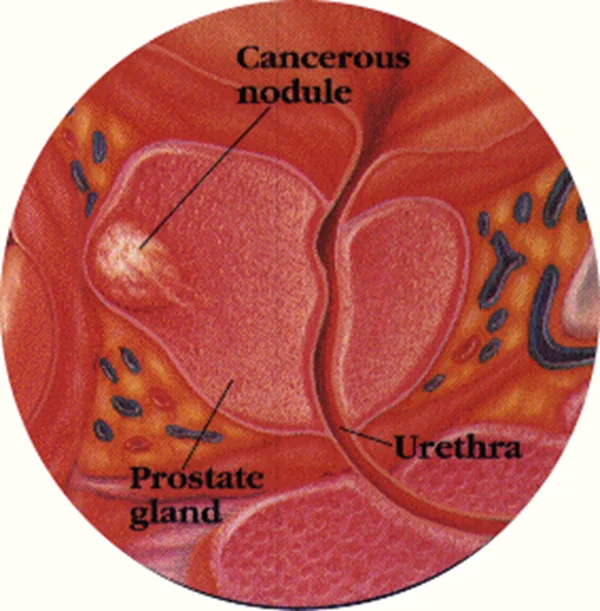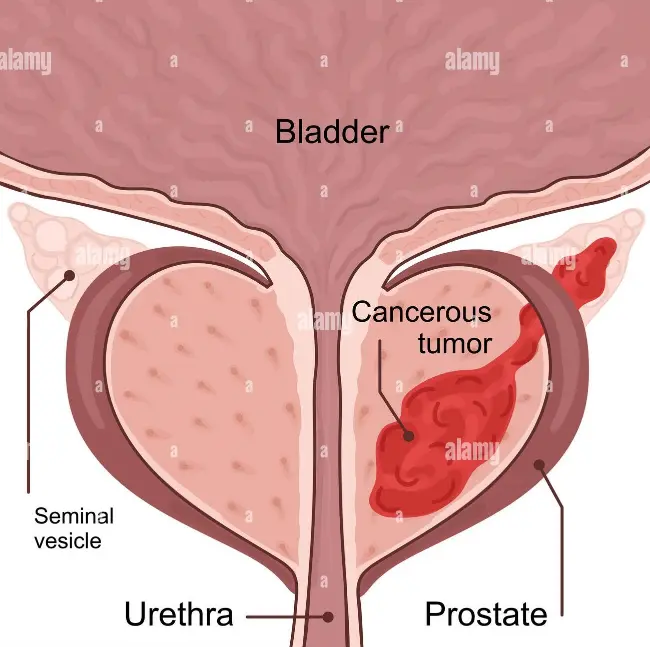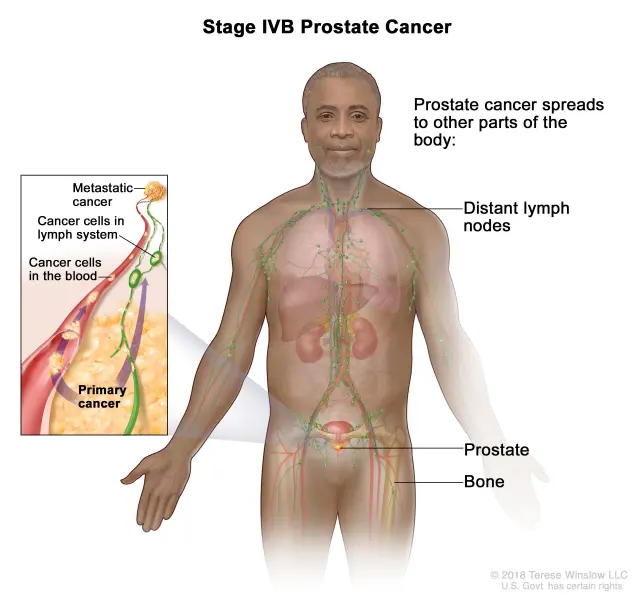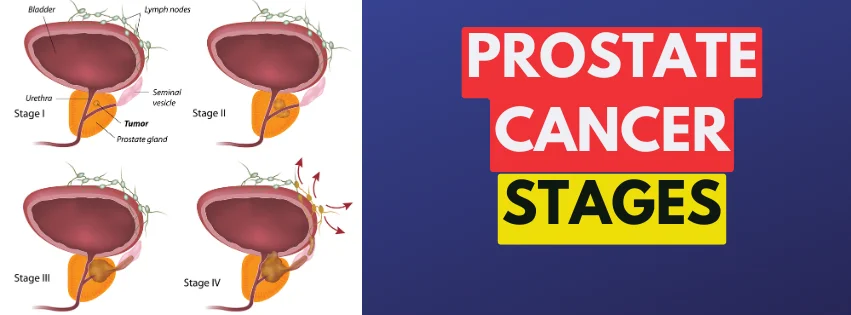Prostate cancer is one of the most common cancers affecting men worldwide. Like many other forms of cancer, it progresses through distinct stages, each with unique characteristics that influence treatment options and prognosis. Understanding these stages can help patients and their families make informed decisions about their healthcare journey. This article explores the various stages of prostate cancer, how they are determined, and what they mean for treatment and survival.
How Prostate Cancer is Staged
The staging of prostate cancer is determined using several diagnostic tools, including:
Prostate-Specific Antigen (PSA) Levels: A blood test measuring the level of PSA, a protein produced by the prostate.
Gleason Score: A grading system based on how abnormal the cancer cells look under a microscope.
Imaging Tests: MRI, PET CT scans, and bone scans help assess the spread of cancer.
TNM System: The Tumor, Node, Metastasis (TNM) system is used to classify cancer based on tumor size, lymph node involvement, and metastasis.
Stages of Prostate Cancer
Stage 1: Early-Stage Prostate Cancer
At this stage, prostate cancer is localized and usually detected incidentally through a PSA test or during a routine check-up. Key characteristics include:
- Small Tumor: Cancer is confined to the prostate and cannot be felt during a digital rectal exam (DRE).
- Gleason Score: 6 or 7, indicating slow-growing cancer.
- PSA Levels: usually Below 10 ng/mL.
- Treatment Options: Active surveillance (monitoring without immediate treatment), surgery (robotic radical prostatectomy), or radiation therapy.
- Prognosis: Excellent; nearly 100% five-year survival rate.
Stage 2: Localized Prostate Cancer

At this stage, cancer remains confined to the prostate but may be more advanced than in Stage 1. Subdivisions include Stages 2A, 2B, and 2C, depending on tumor size and Gleason score.
- Tumor Size: Larger than in Stage 1 but still confined to the prostate. The tumor is felt by a digital rectal exam (DRE).
- Gleason Score: Between 6 and 7.
- PSA Levels: Between 10 and 20 ng/mL.
- Treatment Options: Radiation therapy or Robotic Radical Prostatectomy surgery,
- Prognosis: Very high survival rate; most cases remain treatable and curable.
Stage 3: Locally Advanced Prostate Cancer

Cancer has begun to spread beyond the prostate but has not reached distant organs. This stage is further divided into Stages 3A, 3B, and 3C.
- Tumor Growth: May extend beyond the prostate into nearby tissues, such as the seminal vesicles.
- Gleason Score: 8 or higher, indicating more aggressive cancer.
- PSA Levels: Above 20 ng/mL.
- Treatment Options: A combination of radiation therapy, hormone therapy (androgen deprivation therapy or ADT), and in some cases, surgery Robotic Radical Prostatectomy ( Surgery ).
- Prognosis: Variable; treatment can control the disease for many years, but the risk of recurrence is higher.
Stage 4: Advanced or Metastatic Prostate Cancer

This is the most severe stage, where cancer has spread beyond the prostate to distant parts of the body, such as the lymph nodes, bones, liver, or lungs.
- Tumor Spread: This may involve lymph nodes and distant organs.
- Gleason Score: Typically high (8-10).
- PSA Levels: Often very high > 20.
- Treatment Options:
- Hormone therapy, chemotherapy, targeted therapies, and immunotherapy. Radiation may be used for pain relief in bone metastases.
- TURP surgery for Urinary Obstruction
- bilateral orchidectomy ( Both testes removal) as part of surgical castration
- Prognosis: Less favorable, but advancements in treatment are helping patients manage symptoms and extend life expectancy.
Importance of Early Detection
Early detection is key to improving outcomes for prostate cancer patients. Men over 50 (or 45 for those with a family history) should discuss PSA screening with their doctors. If detected early, prostate cancer is highly treatable, with survival rates near 100% in localized cases.
Conclusion
Understanding the stages of prostate cancer is crucial for determining the best treatment approach. While Robotic Surgery or Radiotherapy can fully cure early-stage prostate cancer, The advanced stages cannot be 100% cured, they demand a more aggressive treatment strategy including Multimodal therapy of Robotic surgery, Radiotherapy, and hormone therapy. With ongoing research and advancements in medical technology, survival rates are improving, offering hope to millions of men diagnosed with this condition. Regular PSA screening and awareness remain essential in the fight against prostate cancer.

